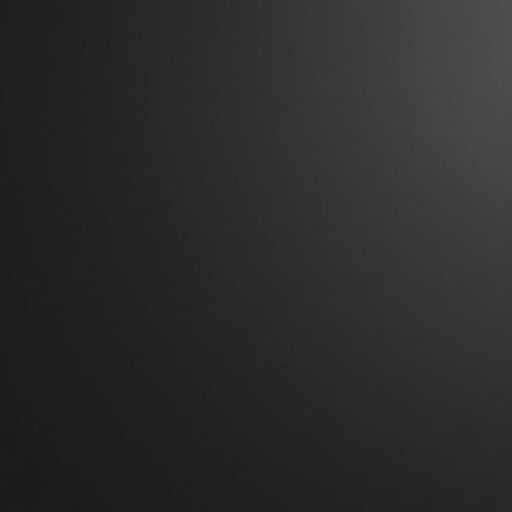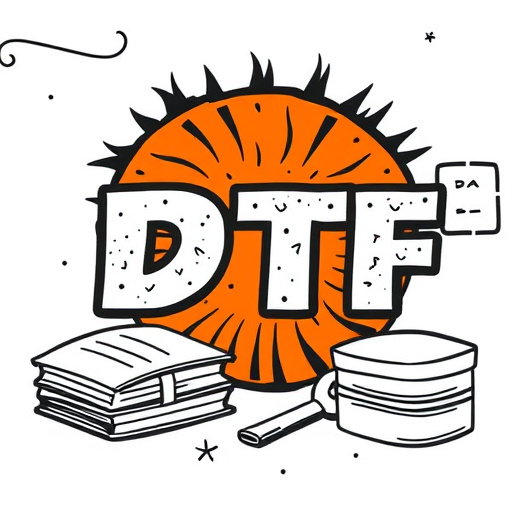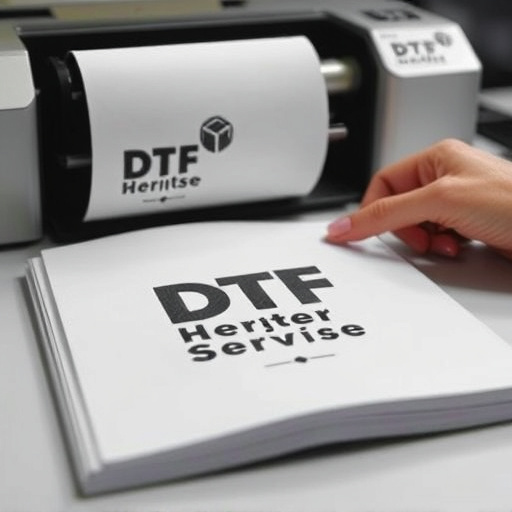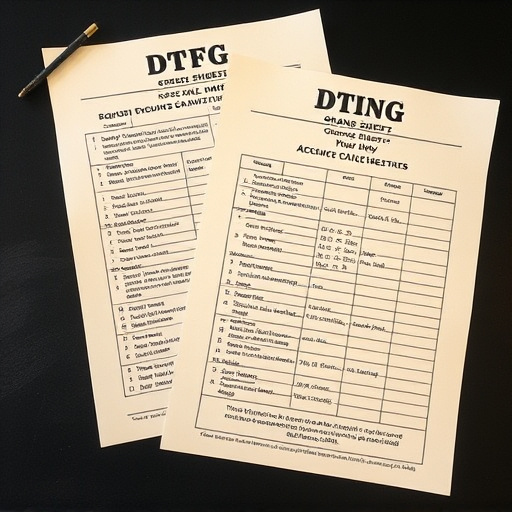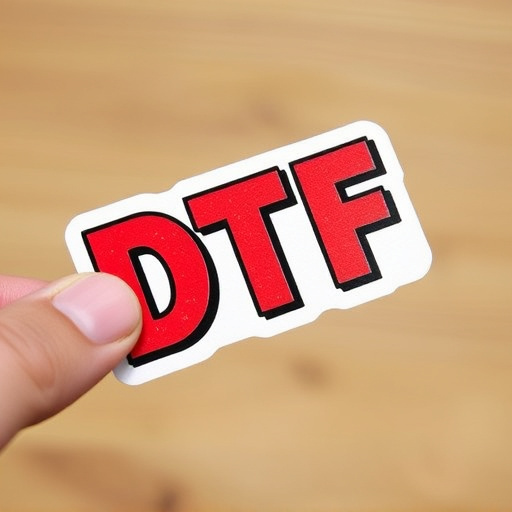The global market for Commercial DTF Printing is driven by on-demand printing trends and intense competition, leading to innovations like high-resolution print heads and cost-effective transfer sheets. These advancements reduce equipment and production costs, making custom apparel more accessible. Democratized technology allows smaller businesses to enter the market, fostering increased innovation and a shift towards sustainable production methods in Commercial DTF Printing.
Commercial DTF printing equipment prices are plummeting, reflecting a dynamic market transforming digital art and product customization. This trend is driven by advancements in technology, increased competition, and higher demand from businesses seeking cost-effective solutions for on-demand printing. Key components, such as inks, printers, and software, have seen significant improvements, contributing to lower production costs. This shift has profound implications for small businesses and entrepreneurs, offering unprecedented access to cutting-edge printing technologies.
- Market Dynamics Driving Price Drops in DTF Printing
- Key Components and Their Role in Lowering Costs
- Implications for Businesses and Future Projections
Market Dynamics Driving Price Drops in DTF Printing
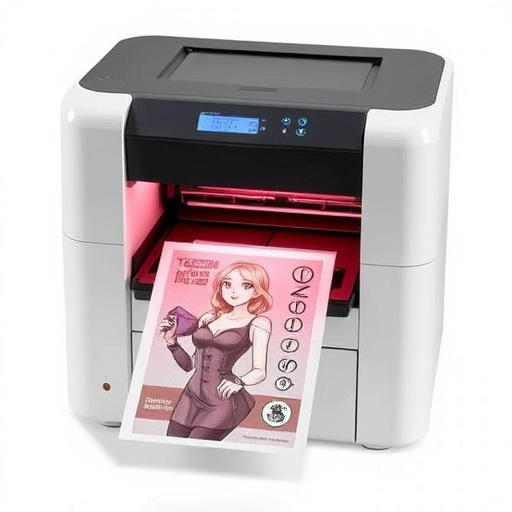
The current market dynamics for Commercial DTF Printing are significantly influencing price drops in this technology. The global shift towards on-demand printing and customization has sparked a surge in demand for Direct to Fabric (DTF) printing solutions, leading to increased competition among manufacturers. This competitive landscape encourages suppliers to innovate, improve efficiency, and reduce costs, ultimately benefiting end-users with more affordable pricing.
Additionally, the integration of advanced materials and techniques into DTF transfer film has streamlined production processes. The use of high-quality, durable dtf for t-shirts ensures consistent and vibrant prints while minimizing waste, allowing for bulk dft shirt production to be both cost-effective and efficient. This, in turn, drives down overall pricing for Commercial DTF Printing equipment, making it an attractive option for businesses looking to enter the custom apparel market or expand their existing operations.
Key Components and Their Role in Lowering Costs
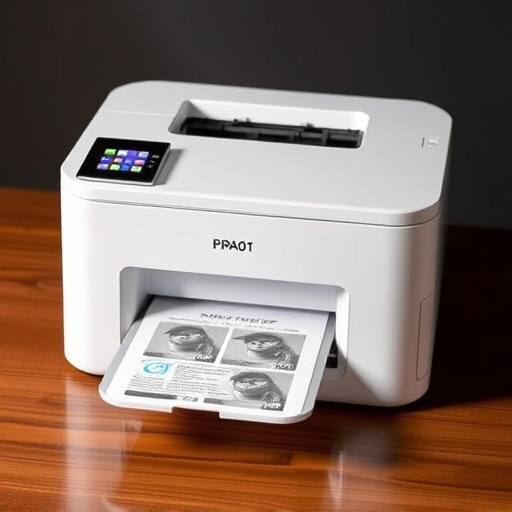
The rapid decline in commercial DTF printing equipment prices can be attributed to several key components and technological advancements that are streamlining production processes. One significant factor is the evolution of print heads, which now offer higher resolution and faster printing speeds. This not only improves the quality of custom t shirts but also reduces turnaround times, allowing businesses to handle more orders without increasing costs.
Additionally, the availability of cost-effective DTF transfer sheets has played a pivotal role in lowering production expenses. These sheets are designed for precise application during the transfer process, minimizing wastage and ensuring efficient use of materials. As a result, businesses can achieve high-quality prints on various substrates at lower material costs, further contributing to the overall affordability of commercial DTF printing services.
Implications for Businesses and Future Projections
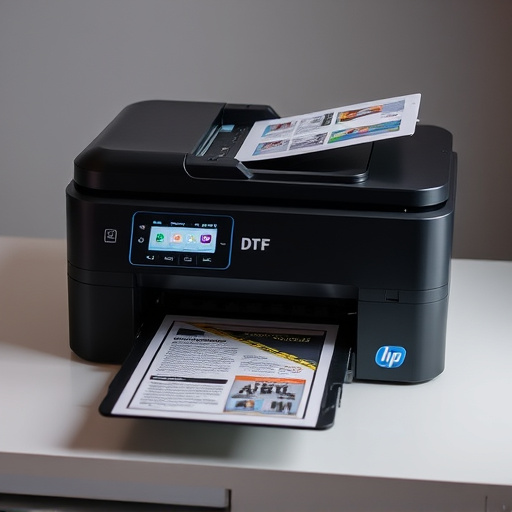
The declining prices of Commercial DTF Printing Equipment signal a significant shift for businesses in the printing industry. This trend allows smaller enterprises and startups to access cutting-edge technology, fostering increased competition and innovation. Businesses can now efficiently enter the market with advanced equipment for producing high-quality DTF heat transfer paper and DTF transfer sheets, enabling them to meet the growing demand for custom apparel and promotional items.
Looking ahead, the future of bulk DFT shirt production appears promising as these price drops democratize access to technology. This development suggests a potential surge in small-scale and personalized printing operations, revolutionizing the way businesses create and deliver their products. As costs continue to plummet, we may see an even greater emphasis on sustainable and efficient production methods, further shaping the landscape of commercial DTF Printing.
Commercial DTF printing equipment prices are experiencing a rapid decline, influenced by market dynamics and key component innovations. This trend significantly impacts businesses, offering more accessible entry points into direct-to-fabric (DTF) printing. As costs lower, small to medium-sized enterprises can now explore this technology, fostering growth in the industry. Looking ahead, continued advancements are expected to further revolutionize DTF printing, making it an increasingly attractive and affordable option for diverse applications.



